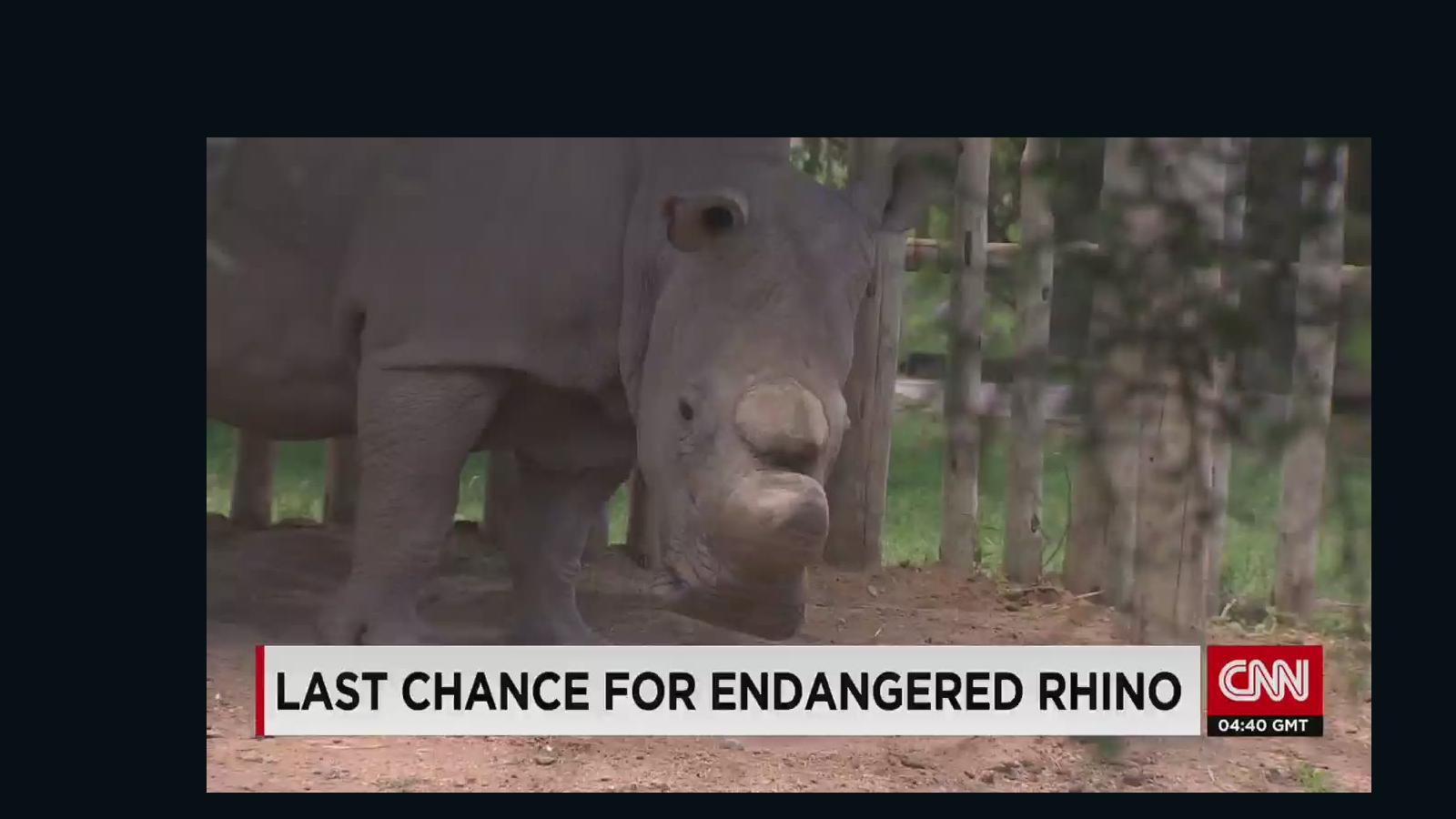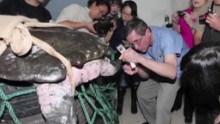Turtle species may go extinct if its aged last female can't breed
Story highlights
- Researchers from three countries have come together to try to save the breed
- The female and male are about 100 years old
- They appeared to mate, but the male was nearly infertile
(CNN)Breed now, or see your kind die out with you. With extinctions raging at a maddening clip, more and more species face this alternative.
The Yangtze giant softshell turtle is the one of the latest, and scientists are going to desperate measures to help it reproduce. There is only one known female left in the world, and they recently artificially inseminated her.
But she's about 100 years old, and scientists are not sure she'll have children, the Wildlife Conservation Society said.
"The conservation world will once again be holding its collective breath until we know if this was successful," said zoo biologist Rick Hudson from Fort Worth, Texas. He joined a team of scientists who traveled to China to try to save the species, known scientifically as Rafetus swinhoei.
They've failed before.
Electro-ejaculation
Keepers had previously already put the female together with a male in a Chinese zoo. He is one of the last three known males of the species. The two turtles looked like they were mating. Then she laid eggs.
But they were nonviable. They had not been fertilized.
A closer look at the male's genitals revealed they'd been damaged -- possibly in a fight with another male decades before. To get semen out of them, the scientists would have to go the extra mile.
They stimulated him by hand, and with a vibrator, but no luck. So they used an electric current. At his age -- also about 100 years -- electro-ejaculation was a life-threatening prospect. But it worked.

100-year-old giant tortoise dies01:15
Artificial insemination
Then the team injected the semen into the female, and eggs began to form. The scientists won't know if this batch is fertilized, until hatching time. The turtle is due to lay in a few weeks.
There may not be too many second chances. In the fall, zoo keepers will separate the female and take her back to her home zoo.
"We hope some children move together with her," said the zoo's Vice Director Yan Xiahui.
A few weeks after she lays, the team should know more about this species' fragile chance of survival or get closer to the certainty that when the last of these four turtles dies, their entire species will vanish forever.
It's a repeat tragedy. When giant tortoise Lonesome George died three years ago on the Galapagos Island of Pinta at the age of 100, he took his species with him.
The northern white rhino in Kenya is in a similar bind, except that there is only one male left in its subspecies. So far, he has failed to produce offspring with his two female companions.

Last chance for endangered rhino02:00
A great extinction
As human populations have expanded exponentially and developed the need for more land and consumption, the rate of extinction of other species has soared. A study last year put the rate at 100 extinctions per year for every 1,000,000 species on the planet.
That's about 1,000 times higher than the rate before human populations spread. The extinction rate particularly rocketed as industrialization has spread.
The World Wildlife Fund says the extinction rate could be much higher than the study indicates. And if the highest estimates about the number of species on Earth are true -- that we live among 100,000,000 species -- they would be currently dying off at a rate of at least 10,000 species per year, perhaps even 100,000.
Some scientists believe we may be living in one of the greatest periods of extinction in the history of life on our planet.


























Comments